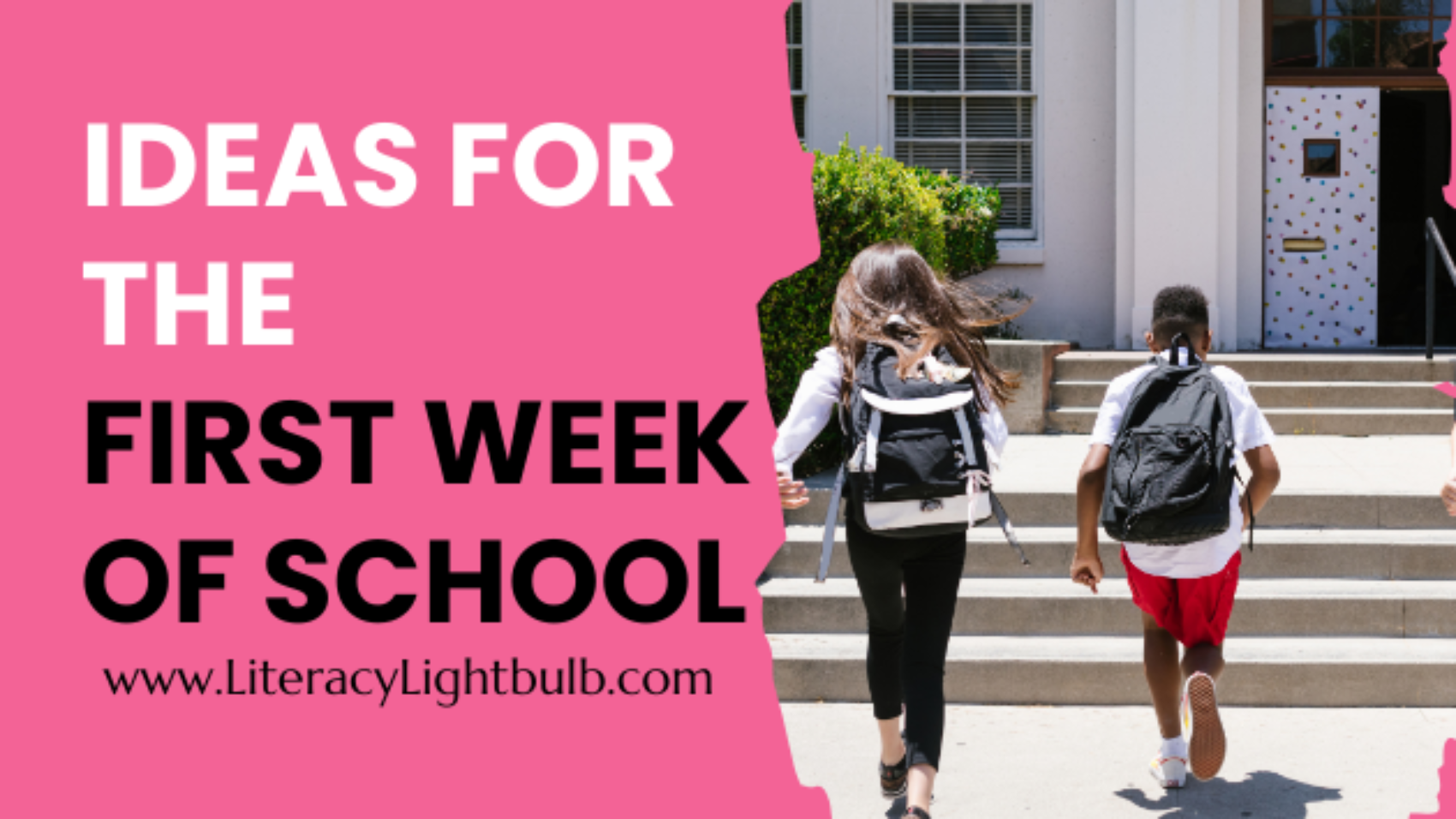The first week of school is a crucial time for setting the tone, building a classroom community, and sparking students’ excitement for the year ahead. While traditional activities have their place, incorporating some fresh, innovative ideas can make your classroom experience truly stand out. Here are some creative and unique ways to kick off the school year that go beyond the usual routines.
1. Personalized Learning Maps
Instead of the typical “get-to-know-you” activities, have students create personalized learning maps.
- Interactive Learning Pathways: Provide students with a large sheet of paper or digital template where they map out their learning journey. This map can include their favorite subjects, areas they want to improve, hobbies, and long-term goals. It’s a visual representation of where they are and where they want to go, which can be revisited throughout the year.
- Peer Interviews: Once maps are completed, pair students up to interview each other about their learning maps. This encourages deeper connections as they discuss their educational aspirations and personal interests.
2. Classroom Culture Contract
Go beyond basic rule-setting with a collaborative Classroom Culture Contract.
- Values and Vision Workshop: Host a workshop where students collectively brainstorm the values they believe are essential for a positive learning environment. They can discuss what respect, collaboration, and curiosity look like in action.
- Creative Expression: Instead of simply listing rules, have students create visual representations of these values through drawings, posters, or digital presentations. This contract is then signed by all students and displayed as a reminder of the shared commitment to the classroom culture.
3. “What If” Projects
Kickstart creativity and critical thinking with a “What If” project.
- Future-Thinking Challenges: Pose an open-ended question to the class, such as “What if our school was in space?” or “What if we could communicate with animals?” Students work in groups to brainstorm, research, and present their ideas through drawings, models, or short skits.
- Cross-Curricular Connections: Encourage students to think about how different subjects (science, art, literature) would intersect with their “What If” scenario, fostering a multidisciplinary approach from day one.
4. Student-Generated Learning Menus
Empower students by allowing them to take charge of their learning through a Student-Generated Learning Menu.
- Choice and Voice: Provide a blank “menu” template where students list topics, activities, or projects they are excited to explore during the school year. They can include things like “deep dive into graphic novels,” “science experiments with real-world applications,” or “creating a class podcast.”
- Collaborative Planning: Use these menus to co-create part of the curriculum with your students, integrating their interests into your lesson plans. This not only increases engagement but also gives students a sense of ownership over their learning.
5. Mystery Box Challenges
Inspire curiosity and teamwork with a series of Mystery Box Challenges.
- Engage the Senses: Prepare boxes filled with a variety of objects related to upcoming lessons (e.g., items related to a novel, historical artifacts, scientific tools). Without looking, students reach into the box, describe what they feel, and work together to guess how these items connect to their future studies.
- Story Starters: Use the items in the box as prompts for creative writing exercises or to kick off a project-based learning unit. For example, if the box contains old maps, students might start a story or research project about exploration.
6. Time Capsule for Future Reflection
Create a time capsule that students will open at the end of the school year.
- Personal Reflections: Have students write letters to their future selves, detailing their hopes, goals, and predictions for the school year. They can also include drawings, small objects, or anything that represents their current interests and mindset.
- Class Contributions: Students contribute items that represent the class as a whole—perhaps a group photo, a list of favorite books, or even a short video. The time capsule is sealed and stored until the last week of school, when students can reflect on their growth and experiences.
7. Global Classroom Connections
Start the year with a project that connects your classroom to the wider world.
- Virtual Pen Pals: Partner with a classroom in a different country or state for a year-long pen pal exchange. Use the first week to introduce the idea and have students write their first letters or record introductory videos. This not only enhances writing skills but also broadens students’ cultural understanding.
- Collaborative Global Projects: Introduce a project that your class will work on in collaboration with students from another school. For example, a joint environmental study or a shared digital art project. This gives students a sense of global citizenship and the importance of collaboration across borders.
8. Interactive Learning Spaces
Transform your classroom into an interactive learning environment from day one.
- Themed Learning Zones: Create different zones in your classroom that cater to various learning styles and activities, such as a quiet reading nook, a collaborative worktable, or a tech corner. Allow students to explore these areas during the first week, encouraging them to choose spaces that fit their learning preferences.
- Student-Created Spaces: Give students some creative control over the classroom environment. Perhaps they design a “classroom logo” or decorate a bulletin board with their goals and artwork. This makes the classroom feel like a shared space where their input matters.
Conclusion
The first week of school is a golden opportunity to introduce innovative activities that not only engage students but also set a creative, inclusive, and forward-thinking tone for the year ahead. By moving beyond traditional icebreakers and routines, and embracing unique approaches like personalized learning maps, “What If” projects, and global classroom connections, you can create a memorable start to the school year that fosters curiosity, collaboration, and a love of learning. These ideas will not only make your classroom stand out but also help students feel invested in their own educational journey from the very beginning.


